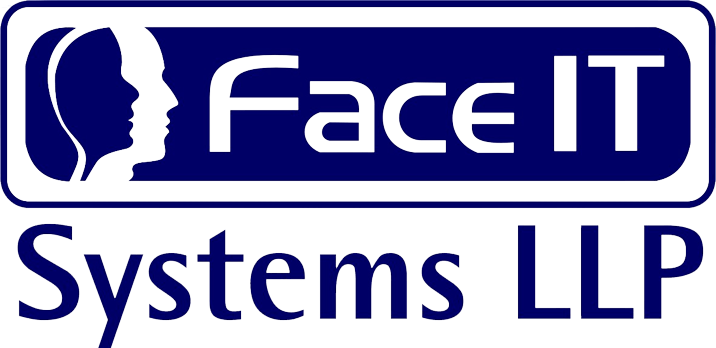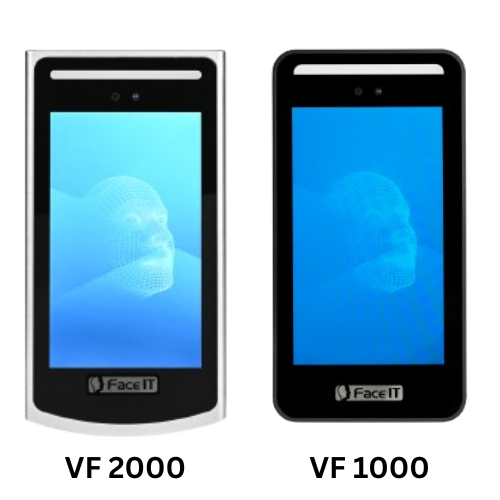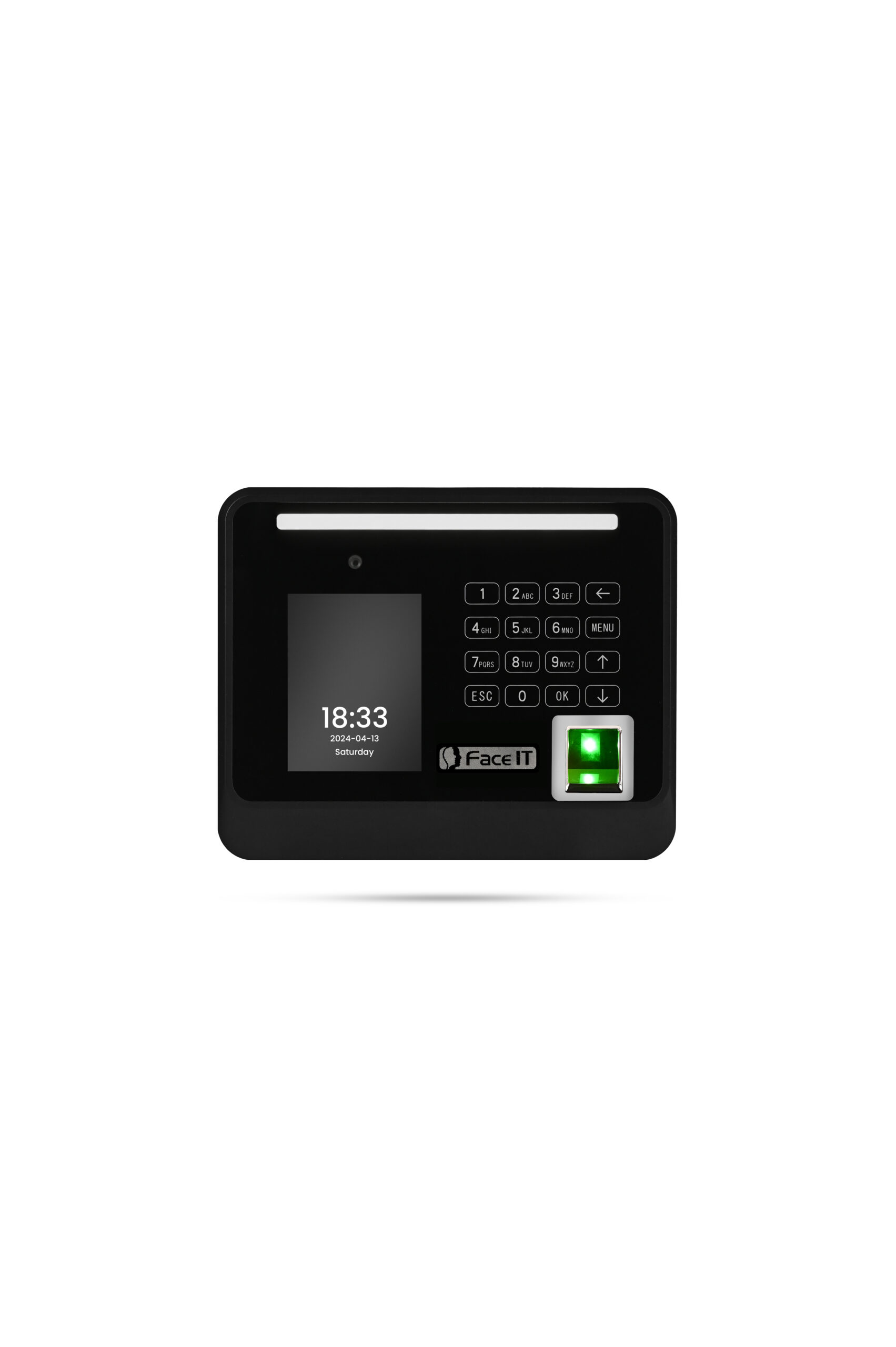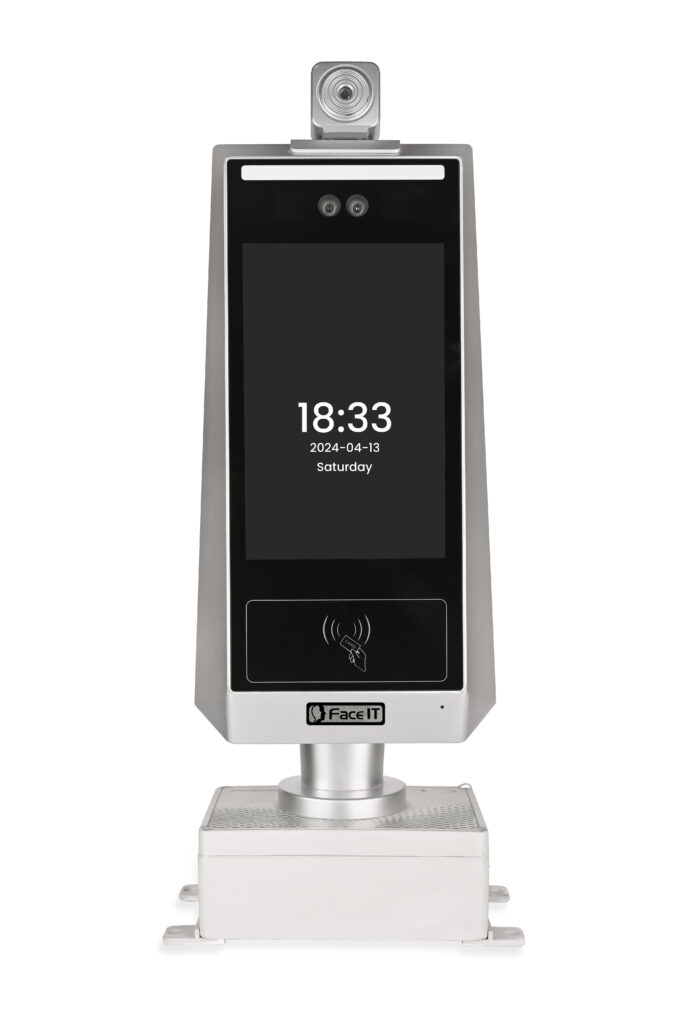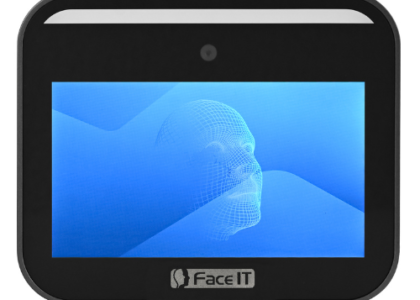As technology advances, the use of face recognition for attendance systems has become increasingly popular due to its efficiency and accuracy. If you’re considering implementing a face recognition attendance system, here are some key features to look for to ensure you choose the best solution for your needs.

1. High User Capacity
A robust face recognition attendance system should support a large number of user profiles. Systems like the VF2000 and VF1000 from FaceIT Systems can store up to 25,000 face templates, making them ideal for large organizations.
2. Multiple Authentication Modes
For enhanced security, look for systems that offer multiple modes of authentication. The VF100X, for instance, supports face recognition, fingerprint biometric recognition, card, and PIN authentication, providing flexibility and additional security layers.
3. Accuracy and Speed
Accuracy is critical in face recognition systems. High-quality systems, such as the VF2000, offer recognition accuracy rates of over 99.9% and can recognize faces in less than 0.15 seconds. This ensures that the system is both reliable and efficient.
4. Lighting Compatibility
Choose a system that performs well under various lighting conditions. The VF9000 works effectively from very low light (0.1 Lux) to bright sunlight (200,000 Lux), ensuring reliable performance in diverse environments.
5. Connectivity Options
Ensure the system offers multiple connectivity options such as WiFi, LAN, TCP/IP, USB, RS485, and Weigand output. These features are essential for integrating the attendance system with your existing infrastructure. Systems like the VF1000 and VF2000 are equipped with versatile connectivity options.
6. Environmental Resilience
For outdoor or industrial applications, select a system that is weatherproof and can operate under extreme conditions. The VF2000 is an excellent example, being IP65 rated for industrial use and capable of functioning in extreme low light and broad daylight.
7. Advanced Features
Modern face recognition systems often come with additional features such as battery backup and mask detection. The VF600 system includes a 4 hour battery backup, which is particularly useful in healthcare and high-security environments, ensuring high availability.
8. Ease of Use and Integration
The system should be easy to use and integrate with your existing attendance and access control systems. Look for systems that support common protocols and offer user-friendly interfaces. For instance, the VF2000 has a large touch screen and supports integration with various access control mechanisms.
Conclusion
Choosing the right face recognition attendance system involves considering user capacity, authentication modes, accuracy, lighting compatibility, connectivity, environmental resilience, advanced features, and ease of use. By focusing on these aspects, you can ensure that your system will be reliable, efficient, and secure.
For more detailed information on specific products, you can visit our website FaceIT Systems, a leading provider of advanced face recognition attendance systems.
For an Android-based face recognition access control system, check out Fortuna Impex.

